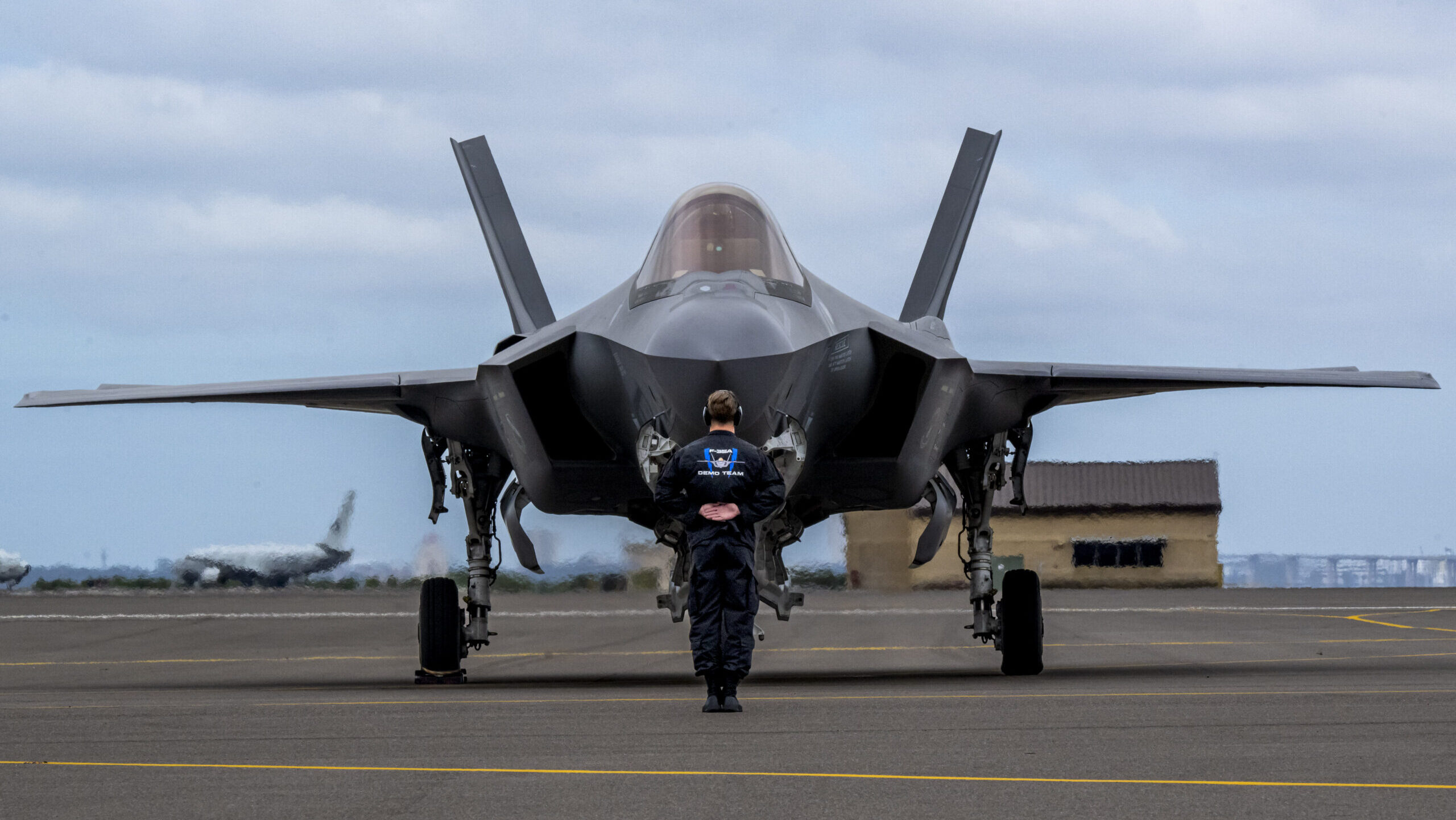Lockheed won’t protest NGAD loss, instead pitches new, ‘fifth-gen plus’ version of F-35 fighter
“My challenge here on my aeronautics team is, let’s get 80 percent of six-gen capability at half the price,” said Lockheed CEO Jim Taiclet.
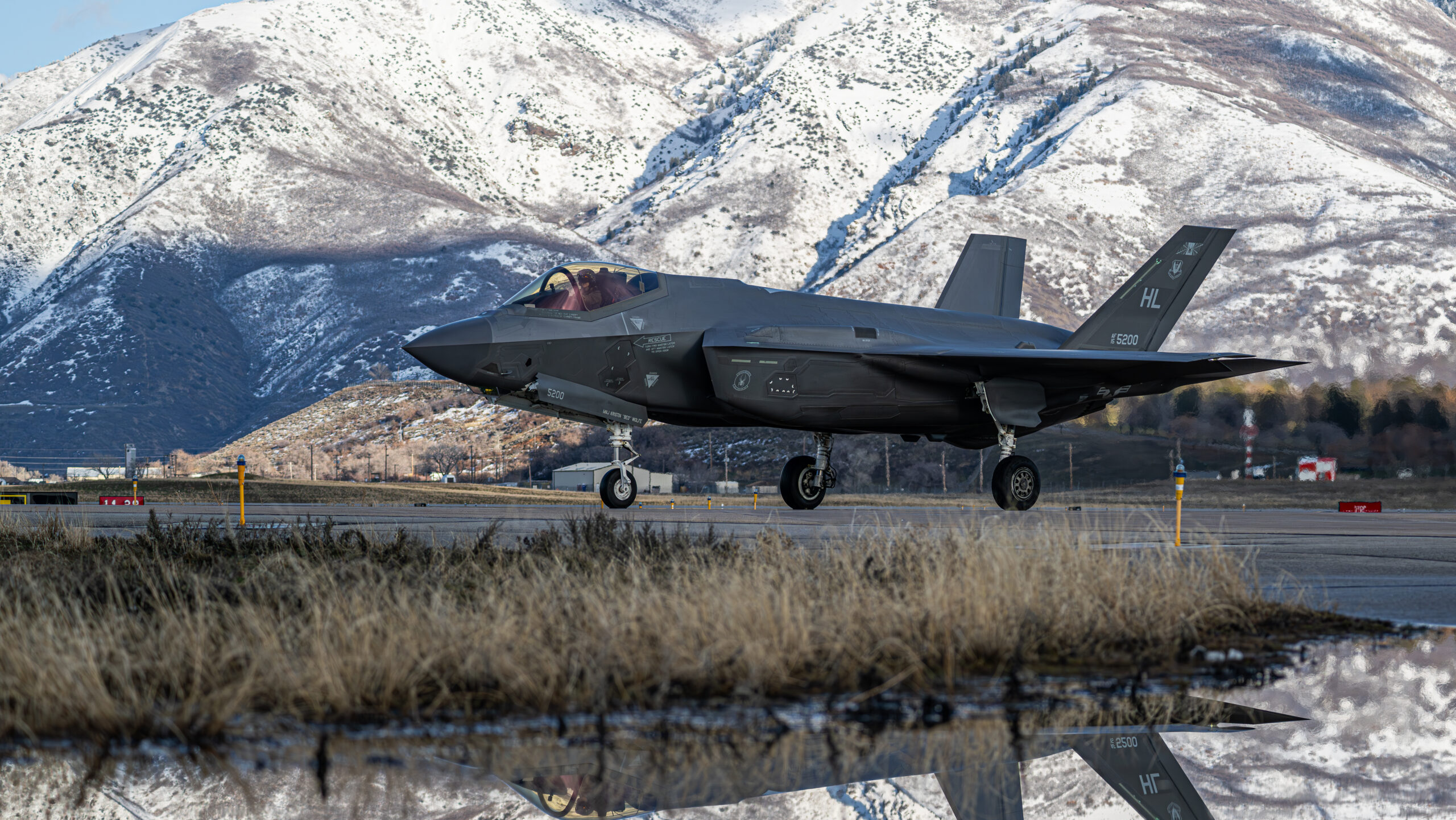

U.S. Air Force Capt. Melanie “MACH” Kluesner, F-35A Lightning II Demonstration Team pilot and commander, taxis off the runway after being certified on her aerial demonstration by the 388th Wing commander at Hill Air Force Base, Utah, Feb. 22, 2024. (U.S. Air Force photo by Staff Sgt. Kaitlyn Ergish)
WASHINGTON — After losing out on the Air Force’s sixth-generation fighter program, Lockheed Martin’s chief executive has laid out a mandate to its aeronautics division: Create a “fifth-generation plus” version of the F-35 that can offer 80 percent of the capability of the upcoming F-47 at “half the price.”
During an earnings call today, Jim Taiclet announced that the world’s largest defense contractor will not protest the Air Force’s decision to award the Next Generation Air Dominance (NGAD) program to Boeing. Instead, Lockheed will pull its full focus toward enhancing its flagship stealth fighter jet in the hopes of enticing the Pentagon with a less expensive alternative to a sixth-generation fighter.
“We’re basically going to take the [F-35] chassis and turn it into a Ferrari,” Taiclet said. “It’s like a NASCAR upgrade, so to speak, where we would take the F-35 [and] apply some of those co-funded technologies both from NGAD and the F-35 program.
“My challenge here on my aeronautics team is, let’s get 80 percent of six-gen capability at half the price. And that’s something that — these are engineers, you know, they wouldn’t have agreed to this if they didn’t think there was a path to get there,” he said.
Taiclet declined to detail all of the upgrades that could make up Lockheed’s enhanced version of the F-35, citing classification, but laid out several types of technologies that could be incorporated, such as a new advanced passive infrared radar.
“I explained this at a meeting at the White House to the president,” he said. “Dogfights are not what we want anymore. In air-to-air combat, we want to shoot the other guys, I said, before he even knows we’re there. And you do that, first of all, with the critical sensors to find them. Then you make sure they can’t find you, and that’s the stealth technology.”
“There’s some techniques with that we’ve used for our NGAD offering that can be applied, whether they’re materials, they’re geometries, they’re counter-measures for stealth, so I can’t be seen,” he added. Other key elements include new weapons and tracking systems that can help increase the range in which an enemy target can be shot down.
Lockheed hopes to “build exportability into each of these components” — some of which are already a part of the F-35 program of record through the Block 4 modernization program — but the US government will have the final say on which upgrades will be made available to international F-35 customers, Taiclet said.
RELATED: After NGAD loss and hazy future of F-35, Lockheed Martin weathers scrutiny from Wall Street
After Lockheed’s loss on the NGAD program, the company finds itself shut out of the sixth generation fighter market, as it is no longer in the running for the Navy’s F/A-XX program after submitting a bid that did not satisfy the service’s requirements.
Lockheed’s strategy to offer an “fifth-generation plus” version of the F-35 echoes the playbook of rival fighter manufacturer Boeing in the wake of Lockheed’s victory in the Joint Strike Fighter competition in 2001. In the decades following that loss, Boeing pitched advanced “fourth-generation plus” versions of the F/A-18E/F Super Hornet and F-15 Eagle — eventually succeeding in garnering Air Force orders for the F-15EX.
Overall, Lockheed executives downplayed the NGAD defeat during the earnings call today, stating that the company anticipates more than 3,500 F-35s to be operational during the height of the program and has numerous other opportunities to win emerging programs, such as the Golden Dome missile defense system that has been made a major defense priority of the Trump administration.
“Even with the NGAD loss, that was probably more impactful farther out in the future than over the next few years, [and] more than offset by some of these other opportunities that we’re seeing,” said Maria Ricciardone, Lockheed’s treasurer and vice president for investor relations.
Taiclet said the company has received a classified debrief on the NGAD decision from the US Air Force and will take that feedback and “[address] those on a strategic basis.”

























































































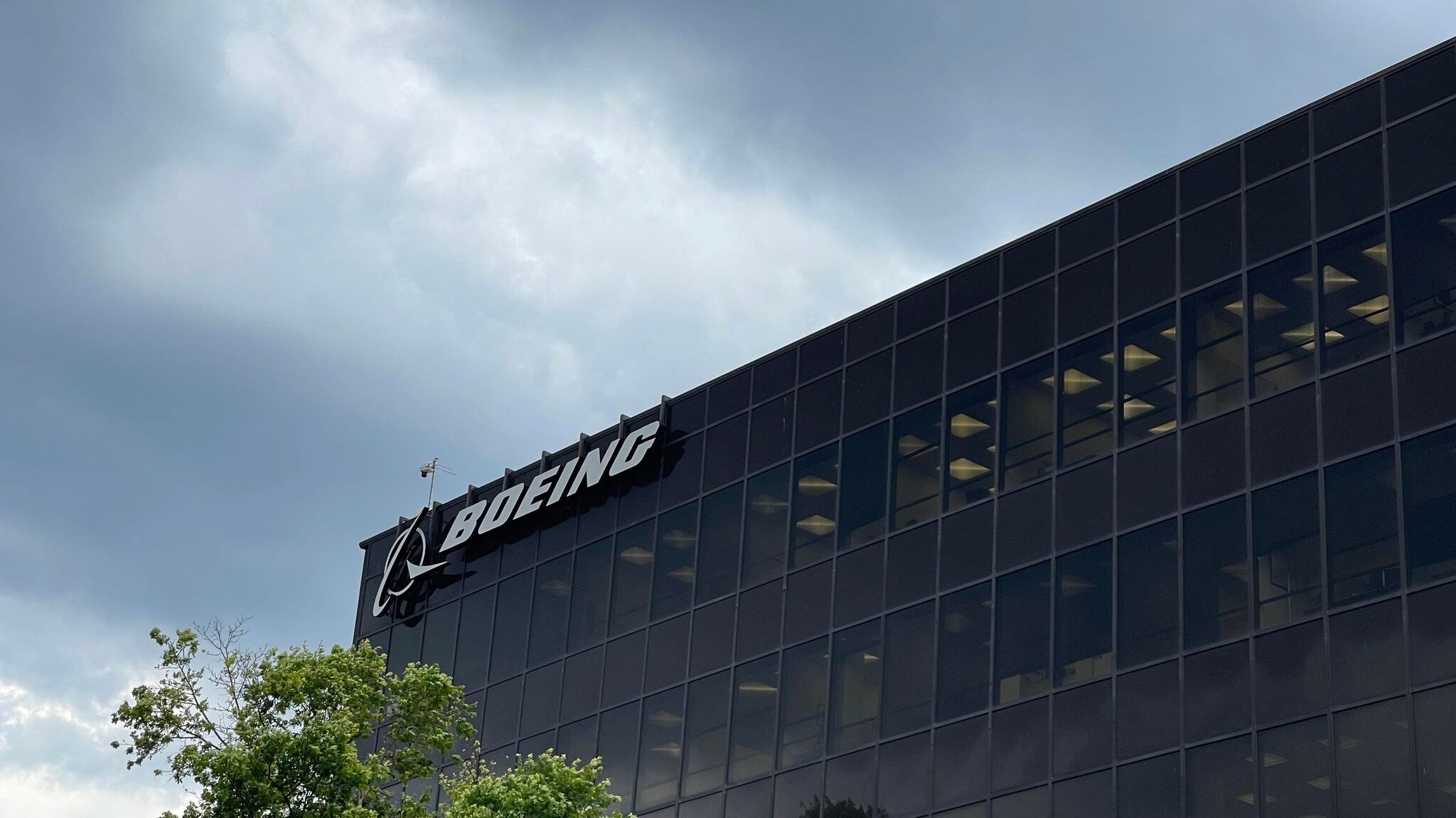



















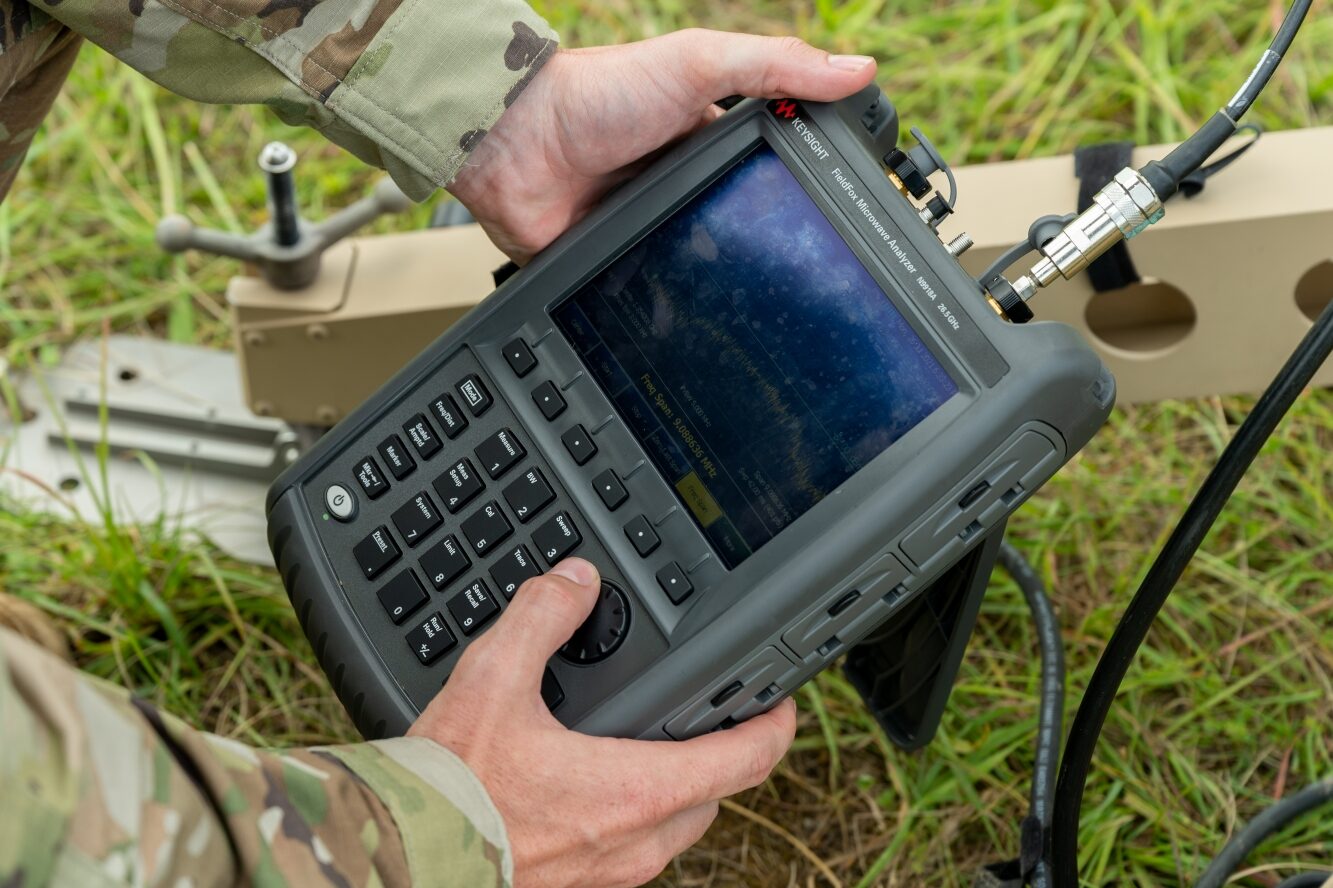











































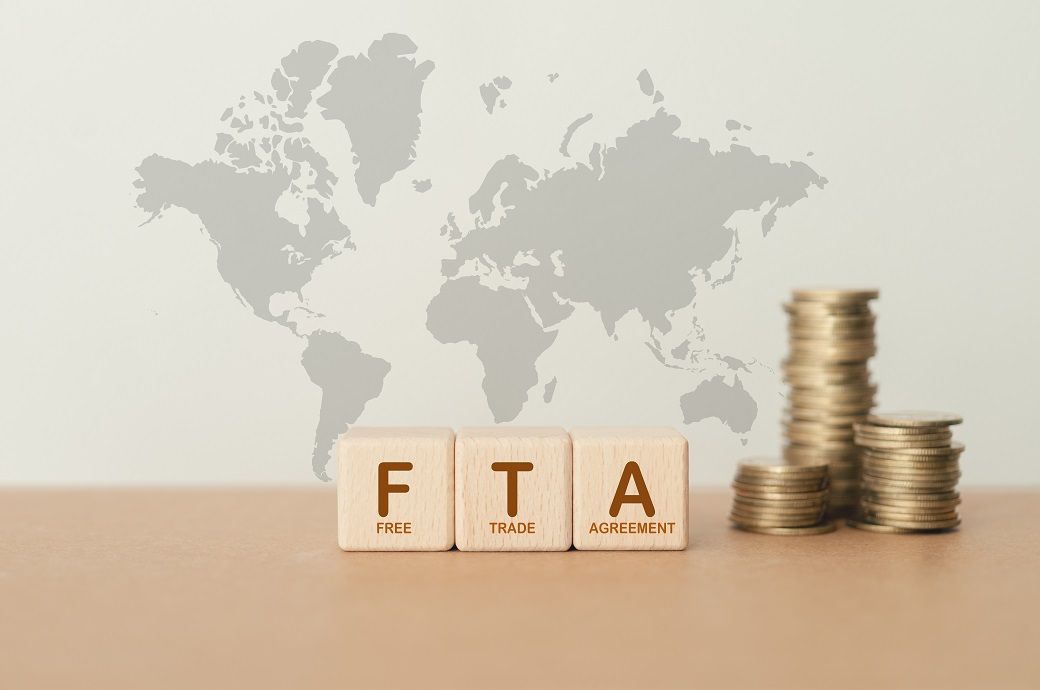







.jpg)
.jpg)
.jpg)



